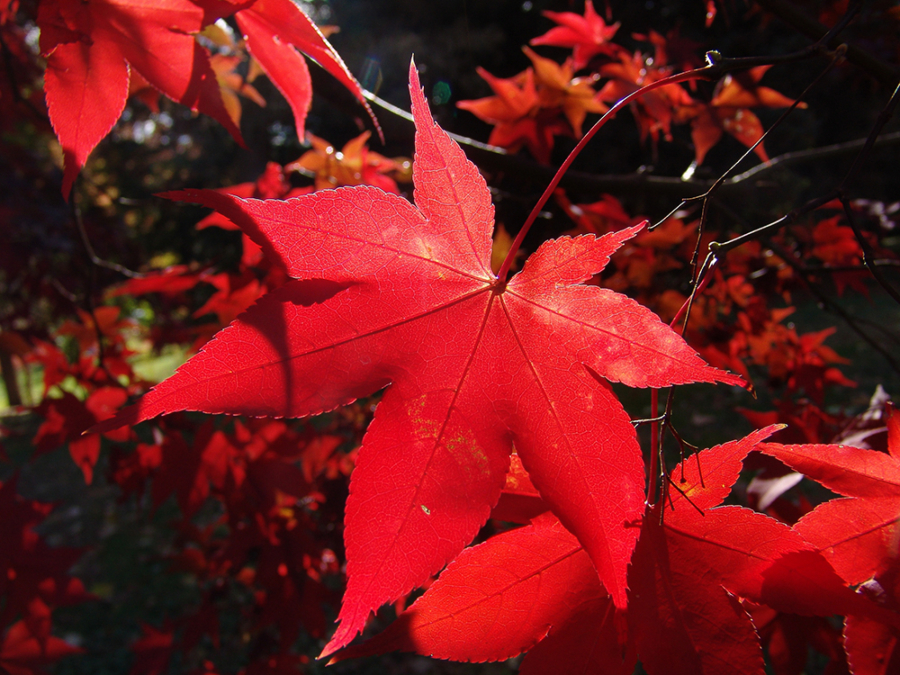The lack of rain in recent weeks and lingering summer warmth didn’t diminish the fall color show. The pageantry of this finale forms one of the sweetest garden moments of the year.
Some of your garden plants are going to present magical progressions of color whether you planned for them or not. But if you actively choose and cultivate autumn beauties, you can forgo that trip to New England and have your own show at home. All right, that might be a bit of a stretch, but the point is, there are many shade trees, ornamental trees and shrubs with above-par displays.
In selecting 15 of my favorite fall-color plants, I realized that all of them are simply great garden plants of year-round beauty and interest. This is not a planting kit that every garden should have, but suggestions for individual plants that will enhance your landscape. Even if you had an acre or two for the entire lot, chances are your soil and shade conditions wouldn’t work for them all, nor would your overall planting design.
My list is far from comprehensive. It doesn’t include sumacs, for example, or crape myrtles or aronias or blueberry bushes, all of which can have spectacular coloration. One tries to curb one’s enthusiasm.




